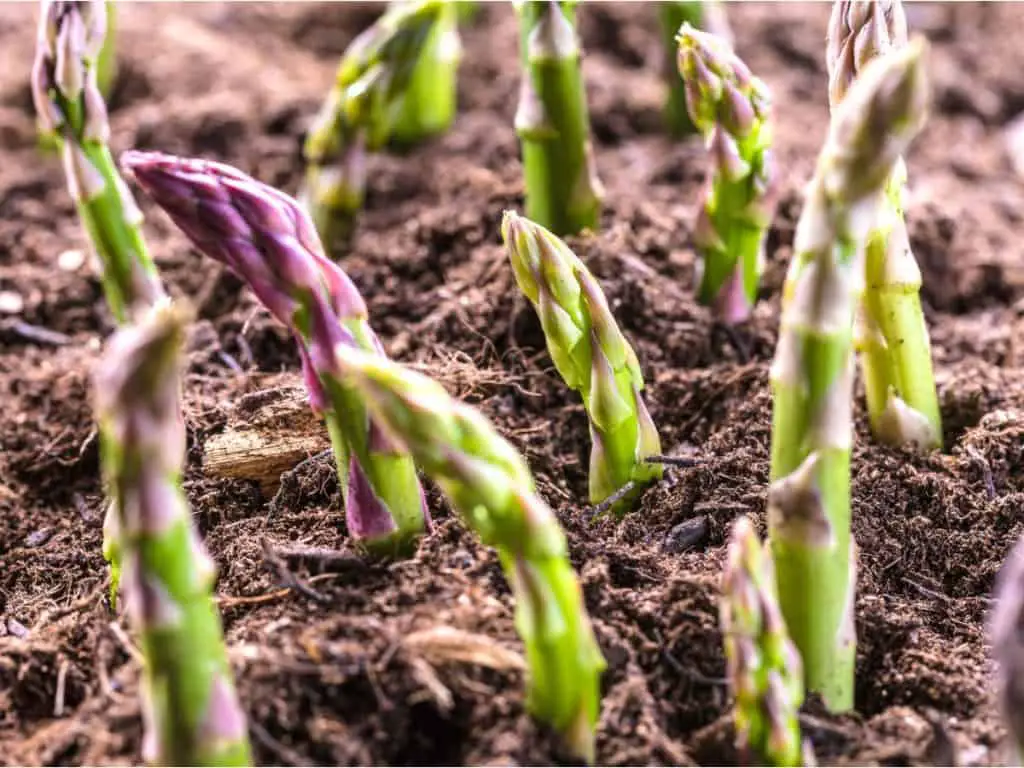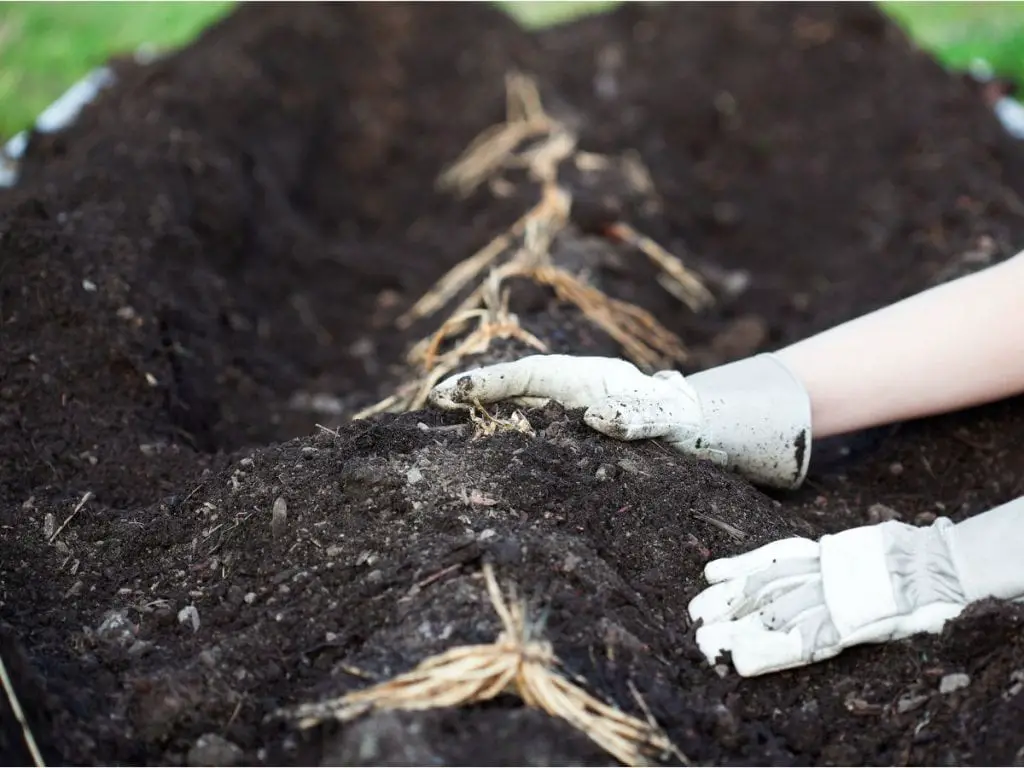How to Plant and Grow Asparagus
The spears of asparagus are sweet and tender, with a delicate flavor that is unique among vegetables. Asparagus is a springtime favorite, and it’s easy to understand why – this delicious vegetable is both healthy and flavorful.
You may love the flavor of asparagus purchased from the produce department at the supermarket, but homegrown asparagus has a taste that is out of this world.
Asparagus is easy to grow and well worth the rewards you will reap year after year for those wanting to learn how to grow asparagus.

Benefits of Eating Asparagus
Adding asparagus to your diet is a great idea, especially if you are pregnant. Because of the high levels of folate found in asparagus, it can help to support pregnancies.
Asparagus is also rich in vitamin K, fiber, vitamin A, and vitamin C. Plus, because it is so low in calories, it makes a great side dish for anyone looking to manage their weight.
Why Asparagus Is a Good Idea to Plant
Asparagus takes a long time to mature, but once it does, you have a plant that will continually produce year after year.
As asparagus is a perennial plant it will constantly come back for as many as twenty years after the initial planting! It is a great way to provide your family with fresh asparagus for generations to come!
Where Does Asparagus Grow Best?
Because asparagus takes so long to mature, you will want to find a place for it to grow, undisturbed during its growing time. It should also be an area where it can continue to grow year after year.
Ideally, it would be best to plant asparagus in a place where it will receive full sun. Asparagus plants will tolerate partial sun; however, they require full sun for a minimum of eight hours per day to thrive fully.
Growing asparagus also requires fertile, well-draining, and loose soil. Because of the length of time to maturity, your soil must have the necessary nutrients from the start.
Before planting, test the soil PH with a soil PH test kit and add any soil nutrients it may need. This could include adding nitrogen to your soil, mixing in organic compost, adding bloodmeal, and more.
Of the choices, organic compost or manure is best. Try to blend in at least 10-gallons of compost for every 5-6 square of growing space. If you skip this step, you will not have another chance to do so without destroying the plants.
How to Plant Asparagus
You have two options when planting asparagus. It can either be grown from seed or planted from crowns. For home gardeners, crowns are often easier and produce a harvest much quicker.
Since asparagus crowns are the one to two-year-old roots of established asparagus plants, they make growing asparagus considerably easier.
Because of this ease and the recommendation for home gardeners, the rest of this article will focus on planting asparagus crowns versus seed.
Planting Asparagus Crowns
Asparagus is best planted using a trench-style system. This allows you to ensure your asparagus crowns can grow their roots deeply. To begin, dig a trench 7” deep and 8” wide in the ground.

Next, lay the crowns on the bottom, leaving around 1’ between each crown. Water them well and cover them with 2-3” of soil.
Like potatoes, the asparagus crowns will grow above the soil. When this happens, add another layer of soil. Continue doing this until the trench is entirely filled in.
Plant Care
Asparagus beds must be kept weed-free. Because they have a long growing season and return year after year, weeds can cause much smaller harvests. This is because weeds steal nutrients from the soil your asparagus plants need.
The best way to ensure your asparagus beds are weed-free is to use a thick layer of mulch or straw. Use a thick layer of at least 3” thick during the regular gardening seasons.
For winter, add a thicker layer over your beds to protect them from harsh winter temperatures.
When Is Asparagus Ready to Harvest?
Growing asparagus is an exercise in patience. While it will produce very fragile asparagus spears the first year, you should not harvest these. Allowing them to grow as they want to will ensure the roots can produce at their highest potential in the years to come.
Once temperatures in the fall turn cooler, the plant will die off. Cut it back to ground level and leave it be until the following season.
Once you have cut it back the first year, you can safely harvest any spears that grow afterward. However, be sure you always allow the plant to reach full maturity before harvesting spears. In doing so, you can be sure the plants will continue to produce asparagus for you year after year.

Growing asparagus takes years before you have a steady harvest. The work, however, is well worth it once your plants have reached maturity and are regularly producing. For those that love the taste of asparagus, it is work that will pay off for years to come.
And for more guides on growing vegetables in your garden, check out these:

